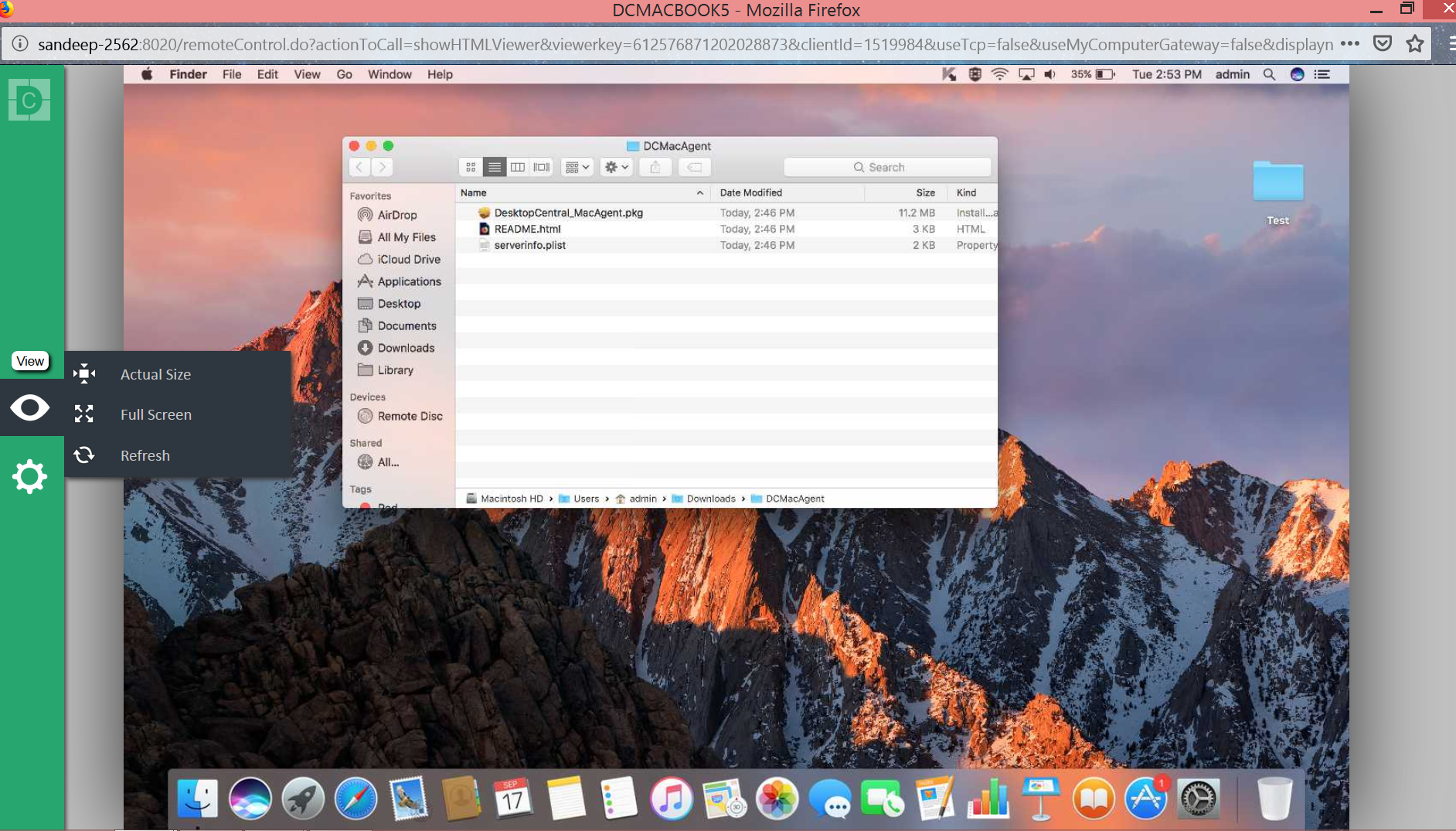
- #ENABLE SSH ON MAC SIERRA HOW TO#
- #ENABLE SSH ON MAC SIERRA GENERATOR#
- #ENABLE SSH ON MAC SIERRA UPDATE#
- #ENABLE SSH ON MAC SIERRA UPGRADE#
- #ENABLE SSH ON MAC SIERRA PASSWORD#
Pentesters can quickly confirm what SSH MAC algorithms are supported with the following nmap script: ~$ nmap -Pn -p22 -script ssh2-enum-algos 172.21.28. The following are the most common weak MAC algorithms encountered:

The MAC algorithm uses a message and private key to generate the fixed length MAC. A ‘MAC algorithm’ should not be conflated with a MAC ( Message Authentication Code) as these are two distinct components. What are SSH Weak MAC Algorithms?Īs with most encryption schemes, SSH MAC algorithms are used to validate data integrity and authenticity. These algorithms exist in the majority of SSH configurations and are generally considered Low Risk. Network penetration tests frequently raise the issue of SSH weak MAC algorithms. Resolving “Windows NetBIOS / SMB Remote Host Information Disclosure” (2020)
#ENABLE SSH ON MAC SIERRA GENERATOR#
Responder / MultiRelay Pentesting CheatsheetĬisco Information Disclosure (CVE-2014-3398 – CSCuq65542)ĭebian Predictable Random Number Generator WeaknessĮssential Wireshark Skills for Pentesting Unauthenticated MongoDB – Attack and Defense
#ENABLE SSH ON MAC SIERRA UPDATE#
OpenSSL ‘ChangeCipherSpec’ (CCS) MiTM VulnerabilityĭNS Server Dynamic Update Record Injection TLS 1.0 Initialization Vector Implementation Information Disclosure Vulnerability S3 Storage Does Not Require Authentication In this case you may simply delete the offending line in known_hosts.IOS Frida Objection Pentesting Cheat Sheet There is at least one circumstance where it may be necessary, often on LAN you get a dynamic IP that changes day to day, if you have two pis 192.168.1.100 and 192.168.1.101 and then tomorrow they switch places, your laptop will complain that the key for 192.168.1.100 has changed, even though it has simply moved. known_hosts is used by ssh to track all computers you have ever logged in to, that way if the key of the remote server changes, ssh will complain that someone is trying to intercept your communication.
#ENABLE SSH ON MAC SIERRA HOW TO#

Tried, not working from Mac, however, it works on Windows PC using PuTTY, since PuTTY GUI allow you to specify where the private key is. …and add to the end of the file: UsePAM no

Open the sshd configuration file for editing with: By the way, I restarted the sshd service before trying SSH again.Īfter the first attempt, then I started searching on google, found another tutorial saying that I need to do the following:
#ENABLE SSH ON MAC SIERRA PASSWORD#
How do I know? I have edited the sshd_config file to disable password login, enable the authorized_keys file location and tried SSH again, I got permission denied. If you want more background on this, check out: Secure Your. Updating server keys is always a bit time consuming.

I learned that my older ssh-dss (DSA) keys were no longer secure and that I needed to replace them with RSA keys. After I upgraded MacOS Sierra, my SSH key access to Ubuntu servers broke.
#ENABLE SSH ON MAC SIERRA UPGRADE#
According to it, once the pub key has been copied over to RPi as authorized_keys, the RPi should automatically use it when I SSH to the RPi next time. The MacOS Sierra upgrade breaking SSH keys. I did follow the tutorial on the Raspberry Pi for setting up passwordless SSH step by step. Could anyone please help me the set it up? Thank you.ĭue to many people reported this question is unclear, let me clarify it by providing more details. I have been looking for tutorial online, could not find any proper one that make it work using Mac's terminal. However, on my Mac, it still asks for password when SSH to my Raspberry Pi. I followed the instruction on Raspberry Pi website to generate SSH key pairs, towards the end of tutorial, it says once I have copied the id_rsa.pub key to the Pi's authorized_keys, it should use my public key next time I SSH into the Pi.


 0 kommentar(er)
0 kommentar(er)
